Time Period: Early Twentieth Century (1901 - 1940) - Starting with N
 Nancy F Steamboat Article
Nancy F Steamboat Article
 Nancy F Steamboat Article
Nancy F Steamboat Article
Nannie Gresham Biscoe House
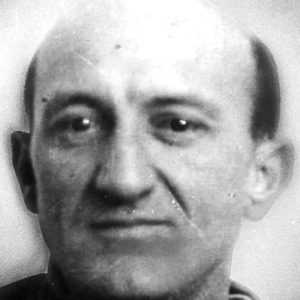 Frank Nash
Frank Nash
 Frank Nash Police Sketch
Frank Nash Police Sketch
Nash, Frank “Jelly”
Nashville Commercial Historic District
 Nashville Depot
Nashville Depot
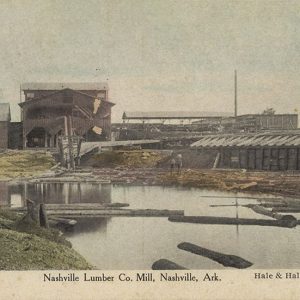 Nashville Lumber Company
Nashville Lumber Company
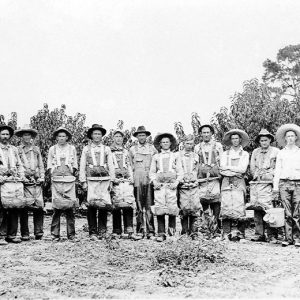 Nashville Peach Pickers
Nashville Peach Pickers
Nashville Post Office
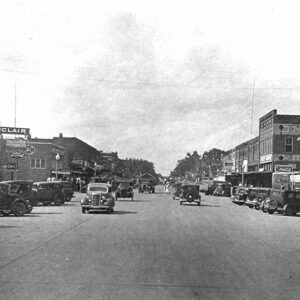 Nashville Street Scene
Nashville Street Scene
 Nashville Street Scene
Nashville Street Scene
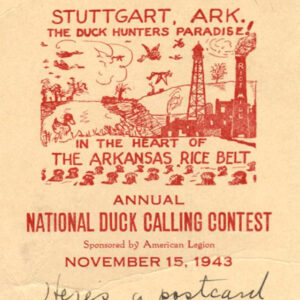 National Duck Calling Contest
National Duck Calling Contest
National Youth Administration
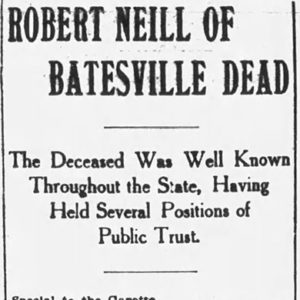 Neill Death Notice
Neill Death Notice
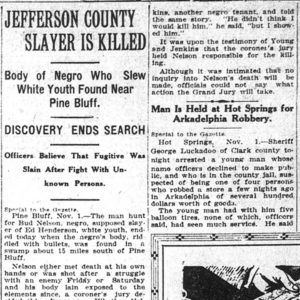 Nelson Lynching Article
Nelson Lynching Article
Nelson, Bud (Lynching of)
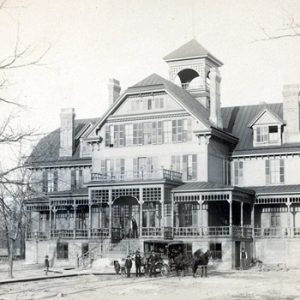 Nettleton Hotel
Nettleton Hotel
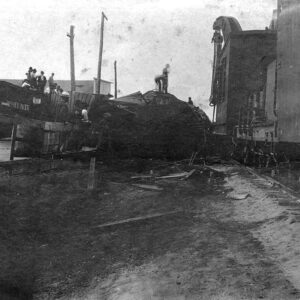 Nettleton Train Wreck
Nettleton Train Wreck
New Deal
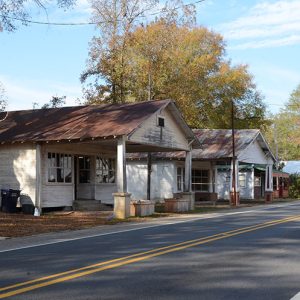 New Edinburg Commercial Historic District
New Edinburg Commercial Historic District
New Edinburg Commercial Historic District
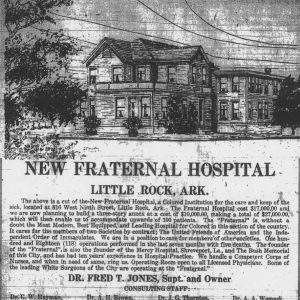 New Fraternal Hospital Ad
New Fraternal Hospital Ad
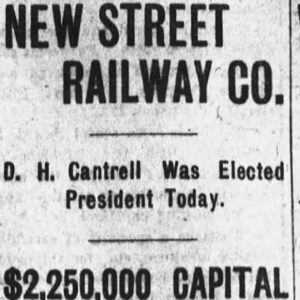 New Street Railway Company Story
New Street Railway Company Story
 Newark High School
Newark High School
 Newark Baptist Church
Newark Baptist Church
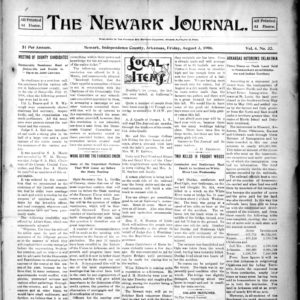 Newark Journal
Newark Journal
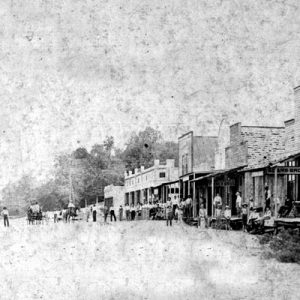 Newark Street Scene
Newark Street Scene
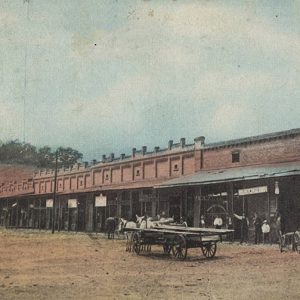 Newark Street Scene
Newark Street Scene
Newberry, Farrar Claudius
 Dr. M. V. Newman
Dr. M. V. Newman
 Newman's Cafe
Newman's Cafe
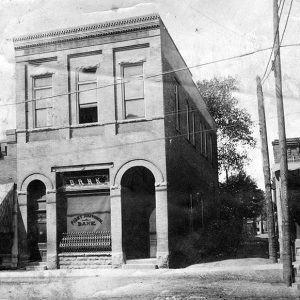 Newport Bank
Newport Bank
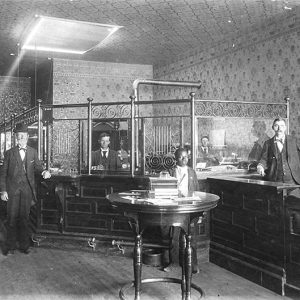 Newport Bank
Newport Bank
 Newport Bridge
Newport Bridge
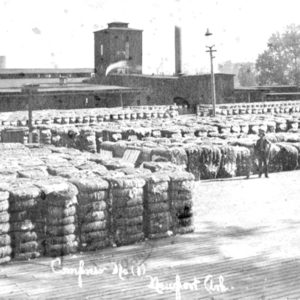 Newport Cotton
Newport Cotton
 Newport Daily Independent
Newport Daily Independent
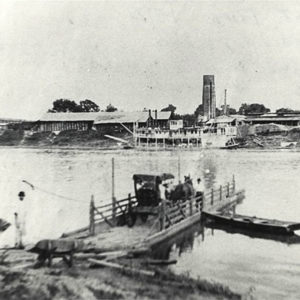 Newport Ferry
Newport Ferry
 Newport Fire
Newport Fire
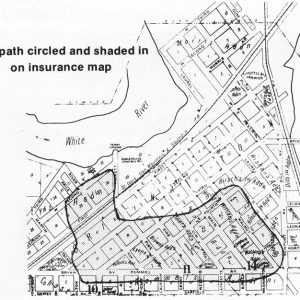 Newport Fire Map
Newport Fire Map
Newport Fire of 1926
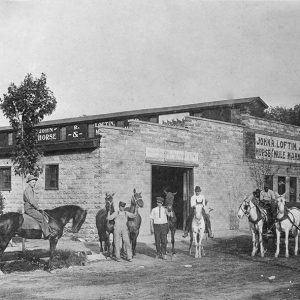 Newport Horse and Mule Market
Newport Horse and Mule Market
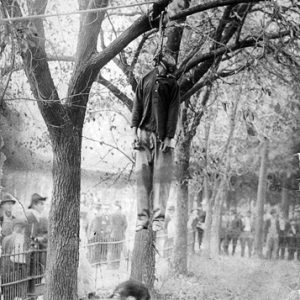 Newport Lynching
Newport Lynching
 Newport Rail Yards
Newport Rail Yards
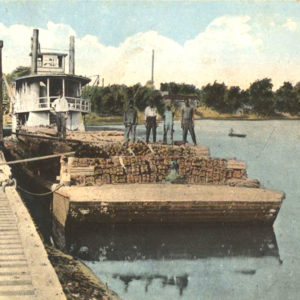 Newport Staves
Newport Staves
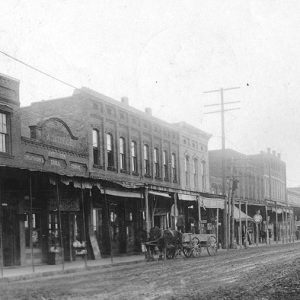 Newport Street Scene
Newport Street Scene
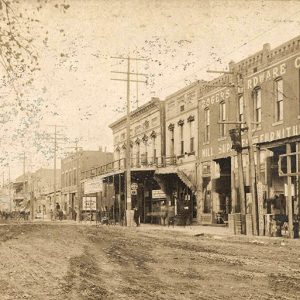 Newport Street Scene
Newport Street Scene
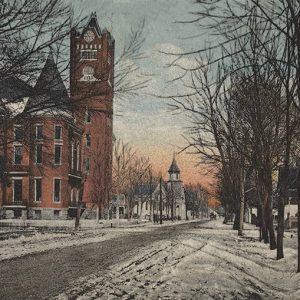 Newport Street Scene
Newport Street Scene




